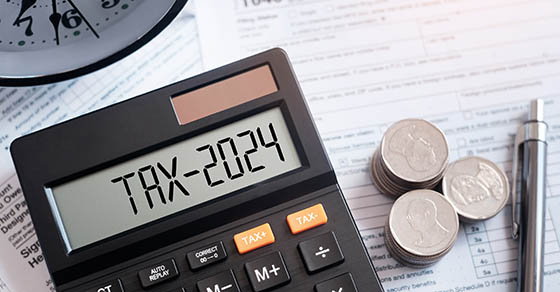As year end approaches, it’s time for some calendar-year businesses to perform physical inventory counts. This activity is more than a time-consuming chore; it’s an opportunity to improve your company’s operational efficiency. Here are some best practices as you prepare to count your inventory, as well as guidance on how to get more from these counts.
Getting an accurate count
Accurate inventory counts are important for many reasons. First, you want a reliable estimate of ending inventory so that the profits you record this year are accurate. For retailers, manufacturers and many other businesses, the cost of sales is a major expense on the income statement. At the most basic level, the cost of sales equals beginning inventory plus purchases during the year minus ending inventory. If the inventory balance is incorrect at the beginning or end of the year, management won’t know how profitable the company truly is.
In addition, inventory is a major line item on your company’s balance sheet. Lenders rely on inventory as a form of loan collateral. Stockholders look to inventory-based ratios (such as the current ratio or days-in-inventory ratio) to evaluate financial strength. And if disaster strikes, your insurance coverage (based on asset values on your balance sheet) should be adequate to cover any inventory losses.
Most companies track the value of inventory through a computerized perpetual inventory system. In it, the value increases when purchases are made (or as raw materials are processed into finished goods) and decreases when goods are sold. But a count taken from a perpetual inventory system may not always be accurate. That’s why periodic physical counts are part of a strong internal control system. Companies that conduct a year-end physical inventory count send a message to would-be fraudsters: We’re watching our assets and taking steps to catch fraud.
Estimating inventory values
Depending on the nature of a company’s operations, its balance sheet may include inventory consisting of raw materials, work-in-progress and/or finished goods. Inventory items are recorded at the lower of cost or market value under U.S. Generally Accepted Accounting Principles (GAAP).
Estimating the market value of inventory may involve subjective judgment calls, especially if your company converts raw materials into finished goods available for sale. The value of work-in-progress inventory can be especially hard to objectively assess. That’s because it includes overhead allocations and, in some cases, may require percentage of completion assessments.
Preparing for the big day
Before the counting starts, management generally should:
- Order (or create) prenumbered inventory tags,
- Preview inventory for potential roadblocks that can be fixed before counting begins,
- Assign workers in two-person teams to specific count zones,
- Write off any defective or obsolete inventory items, and
- Pre-count and separate slow-moving items into sealed containers.
If your company issues audited financial statements, one or more members of your external audit team will be present during your physical inventory count. They won’t help count inventory. Instead, they’ll observe the procedures (including any statistical sampling methods), review written inventory processes, evaluate internal controls over inventory, and perform independent counts to compare to your inventory listing and counts made by your employees.
Ready, set, count
When it comes to physical inventory counts, we’ve seen the best (and worst) practices over the years. Contact us for guidance on how to perform a physical inventory count and manage your inventory more efficiently.
DISCLAIMER:
This material has been prepared for informational purposes only, and is not intended to provide, and should not be relied on for, accounting, legal or tax advice. The services of an appropriate professional should be sought regarding your individual situation.




